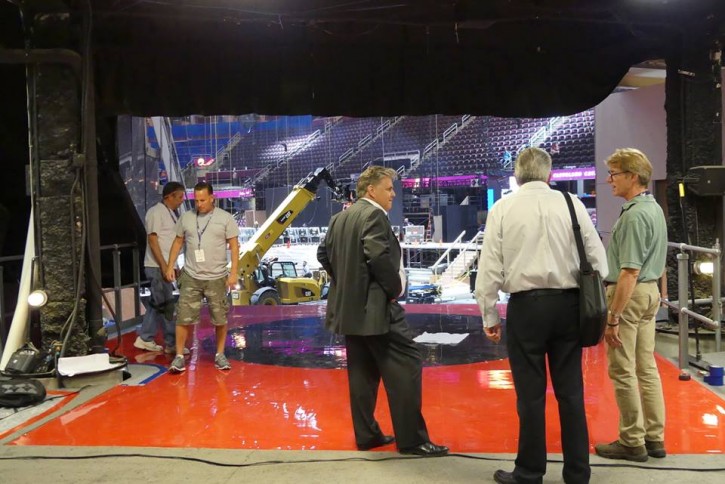
Columbus, OH – Federal officials will restrict road, air and water travel around the city for this month’s Republican National Convention, with security measures affecting passenger and cargo vehicles.
The event, at which the party officially nominates its candidate for president, is expected to draw as many as 50,000 people, so visitors and locals alike might find value in planning ahead for the major congestion anticipated around town.
Pilots have been alerted that temporary flight restrictions, or TFRs, will be in place for varying distances around Cleveland for the GOP convention July 18-21 and in Philadelphia for the Democratic National Convention a week later.
Law enforcement aircraft and air ambulances are exempt from the restrictions, as are regularly scheduled commercial passenger and cargo flights operating under preapproved security procedures. Cleveland-bound flights not operating under such a program will have to stop first at the Youngstown or Akron-Canton airports for security screenings. Drones are prohibited.
Though the convention-related restrictions may be more extensive, TFRs aren’t uncommon. A Federal Aviation Administration safety publication estimated there would be TFRs for about 5,000 sporting events nationwide this year.
On the ground, officials plan to close most of the roads that immediately surround the main venue, Quicken Loans Arena, neighboring Progressive Field and the Huntington Convention Center a few blocks away. They’ll restrict traffic on other roads in that area. That includes a nearby stretch of busy Interstate 90 where commercial vehicles and other traffic will be down to one lane at times, and the road will close nightly for six hours.
The U.S. Coast Guard announced restricted zones on July 17 in Lake Erie near the Rock and Roll Hall of Fame and evenings from July 18-22 along the Cuyahoga River as it winds inland toward Interstate 90. That doesn’t mean convention attendees won’t be able to get out on the water in sightseeing and dinner tour boats, as the Coast Guard can issue waivers for such vessels.
Anticipating the possibility of demonstrators taking to the water in kayaks or other small vessels, the agency also designated two zones offshore at certain times for such boaters to “express their views safely and without interference from, or interfering with, other maritime traffic.”
As reported by Vos Iz Neias
